Flies for King Salmon
This is the first in a series about flies used on the Goodnews River, Alaska.
Goodnews River king salmon typically rest in seam water that’s six to eight feet deep. There’s always a strong current. If you want to catch one with a fly rod you usually need a fast sinking fly line and a fast sinking fly.
Before my first trip there Bob Stearns allayed my fears about what to tie by telling me, “Those fish have never seen a fly before, never seen a fisherman. They will eat almost any well-presented fly.” Of course he was right. Most of the time the fish are way less fussy than the fisherman, and a heavy Clouser Minnow will often work as well as anything else.
That having been said, the old standard fly was a cerise-colored bunny leech tied on a size two Mustad 36890 hook, with a 1/30th ounce or heavier lead eye.
Articulated flies (see how to tie one here) have become all the rage since I started working at the Goodnews River Lodge six seasons back. They take longer to tie but help prevent short strikes. You can tie big, crazy flies this way. For weight some tyers use lead eyes, others use tungsten cone-shaped beads. Both work, so use whichever you prefer.
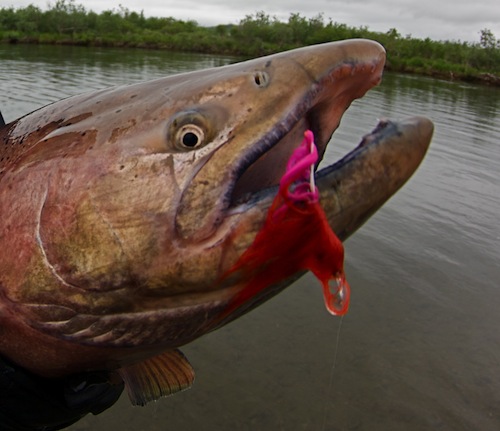
This articulated fly, tied with both rabbit and Arctic fox zonker strips, was eaten by a king salmon.
On the Goodnews only single hook artificials are allowed, so you must break off the bend and point of the forward hook. Use an inexpensive iron for this work (I use a 2/0 Mustad 3407). Alternatively, purchase a special hookless hook made specifically for tying articulated flies.
Most guides at Goodnews like an octopus-style hook for the trailer, with sizes ranging from 4 to 1/0, the tyer’s personal choice. A larger hook is less likely to fail under duress. Some of us dress it, others leave it naked, again, a matter of preference.
Effective colors include cerise, purple, hot pink, black, blue, orange, chartreuse, and combinations of these. Flash material is in good taste, and a rattle is easily tied in on the forward hook before tying in the dressing.
That is all you need to know about tying Flies for King Salmon.
John Kumiski
http://www.spottedtail.com
All content in this blog, including writing and photos, copyright John Kumiski 2012. All rights are reserved.
|
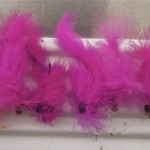
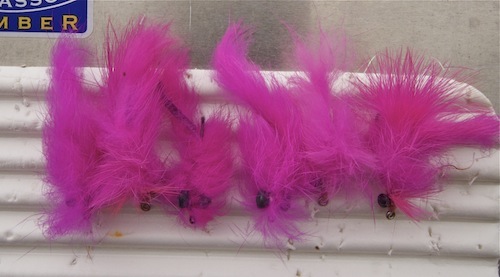
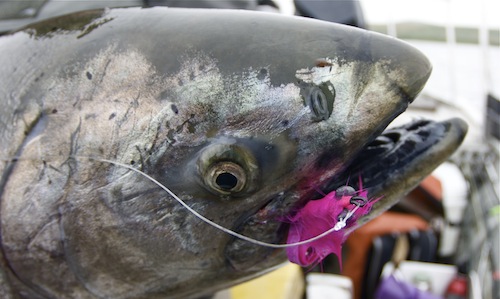
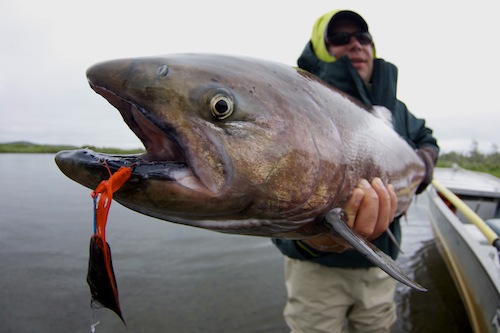
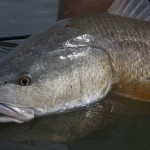
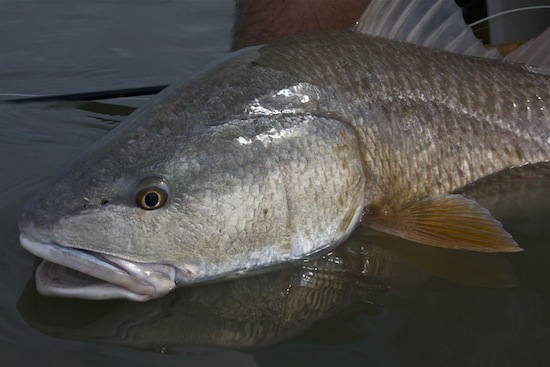
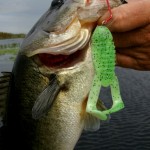
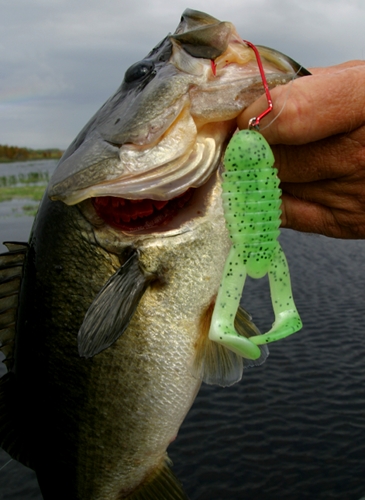
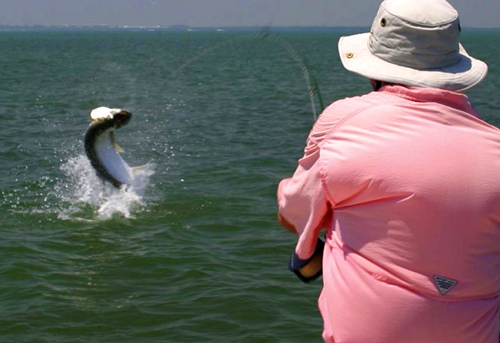
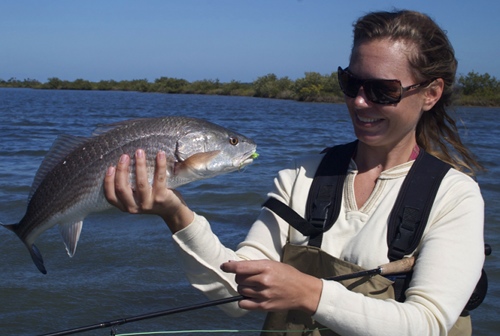
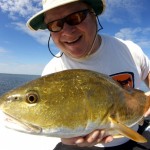
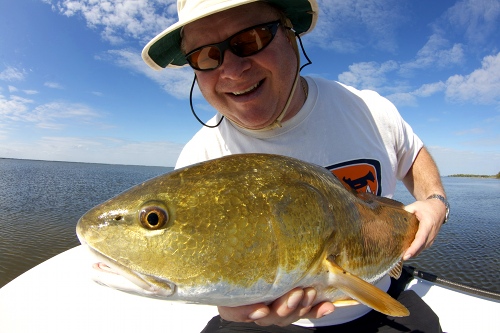
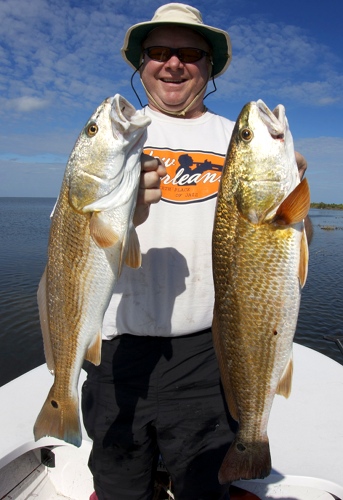

Recent Comments